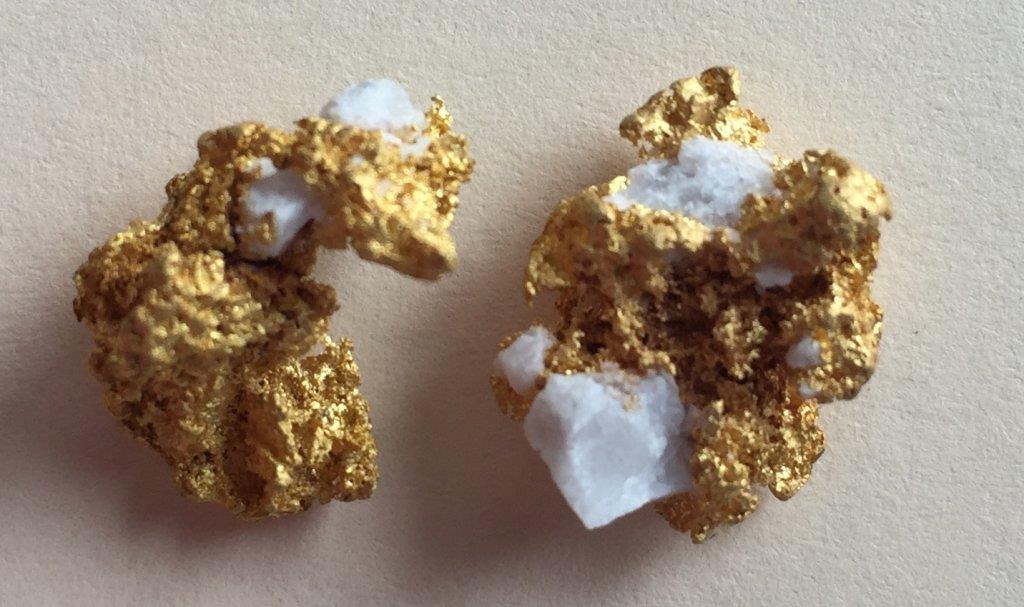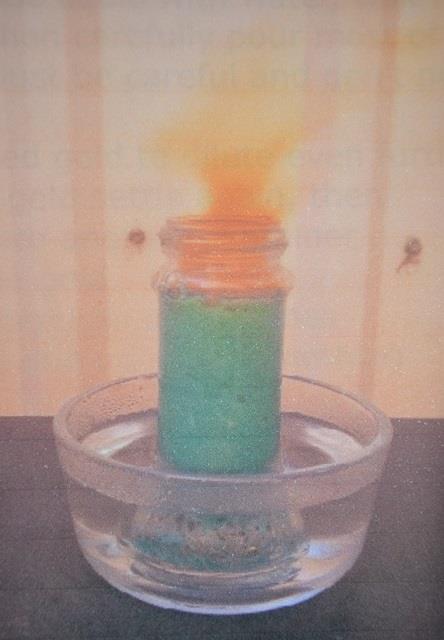Has anyone here dissolved quartz with hydroflouric acid to obtain the natural form of the gold sample within ?
If you crush the quartz then the gold inside is only worth scrap gold value
I was thinking if the quartz lump was placed into a heavy duty plastic tub and dissolved with acid then the natural shape of the gold inside might have a much higher value for its artistic form ?
It might end up just being thousands of little wafers of gold that are still only worth scrap gold price , or fingers of geometric crystals , or if you're lucky maybe strings of gold crystals that look like the branches of a tree.
Has anyone ever seen this done ?
Is there any other acid used to dissolve rock ?
******* quick note . Hydroflouric acid is extremely dangerous stuff and NOT something you would play with in your backyard ********
edited to remove mondayitis typos
If you crush the quartz then the gold inside is only worth scrap gold value
I was thinking if the quartz lump was placed into a heavy duty plastic tub and dissolved with acid then the natural shape of the gold inside might have a much higher value for its artistic form ?
It might end up just being thousands of little wafers of gold that are still only worth scrap gold price , or fingers of geometric crystals , or if you're lucky maybe strings of gold crystals that look like the branches of a tree.
Has anyone ever seen this done ?
Is there any other acid used to dissolve rock ?
******* quick note . Hydroflouric acid is extremely dangerous stuff and NOT something you would play with in your backyard ********
edited to remove mondayitis typos





